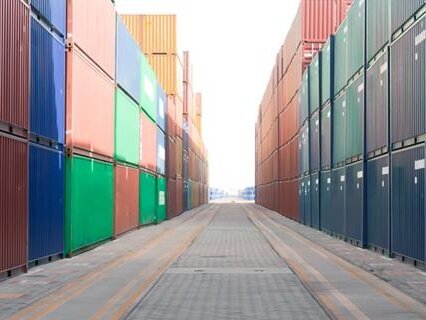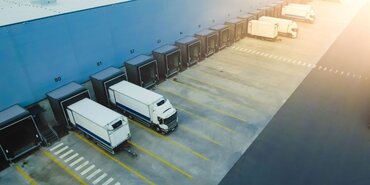TT Talk - Logistics Performance Index

If you consider doing business in one of 149 foreign countries and are looking for information on its transport and logistics environment, you may want to consult the 'Logistics Performance Index' developed by the World Bank in cooperation with the Turku School of Economics.
The 'Logistics Performance Index' measures a country's score on the following seven key dimensions:
- Efficiency and effectiveness of the clearance process of Customs and other border control agencies;
- Quality of transport and IT infrastructure for logistics;
- Ease and affordability of arranging shipments;
- Competence in the local logistics industry (e.g. transport operators, customs brokers);
- Ability to track and trace shipments;
- Domestic logistics costs (e.g. local transportation, terminal handling, warehousing); and
- Timeliness of shipments in reaching destination.
The 'Logistics Performance Index' is available in three modes: Country scorecard, Global LPI ranking and Cross-country comparison. Each country receives a score from 1 to 5 for each of the seven key dimensions and for its overall performance.
Basis of the 'Logistics Performance Index' has been a global survey of freight forwarders and express carriers who provided feedback on the logistics 'friendliness' of the countries in which they operate and on those with which they trade.
To experiment with the Logistics Performance Index, please use the following web link:
- Author
- Staff Author
- Date
- 19/11/2007





